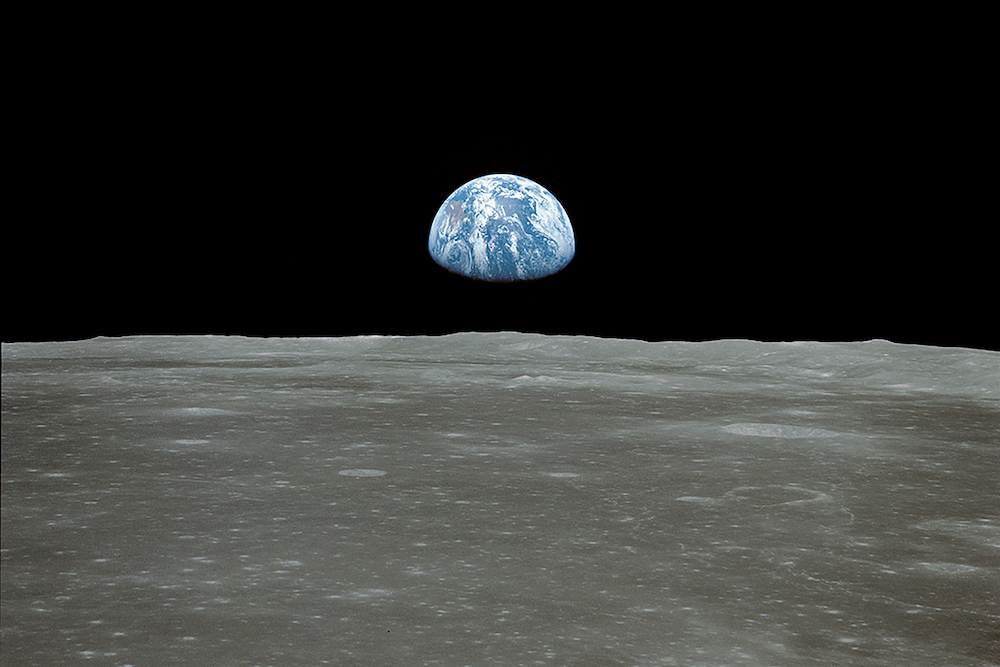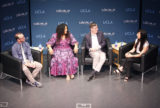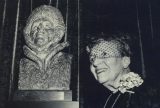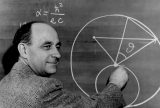The Poetic Clarity of That ‘Pale Blue Dot’
Through Photography, Science Has Given Humanity a Sense of Itself
When the Voyager 1 space probe was launched in 1977, it was equipped with a camera to chronicle its travels through the cosmos. One of the images that astronomer Carl Sagan hoped the probe would capture was that of Earth as the probe left the confines of our solar system, leaving our little planet, a “pale blue dot,” behind. Sagan thought this image of a barely visible Earth could help humanity more precisely understand our place in a vast and endless universe. “There is perhaps no better demonstration of the …










